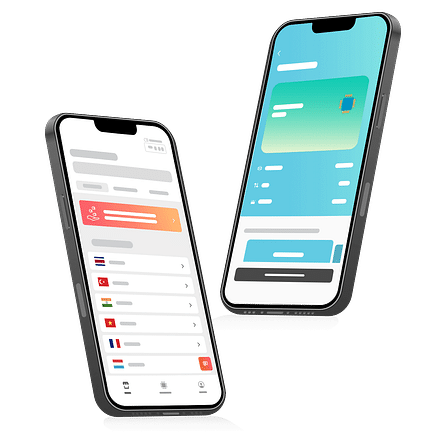
If there’s one thing I’ve learned from roaming the modern streets of Shanghai and exploring almost Wi-Fi dead zones in Brazilian national parks, it’s that a stable and secure connection is never guaranteed. Things happen.
But staying connected while traveling abroad is absolutely possible—you just need the right tools.

The plateaus of Chapada Diamantina National Park in Northeast Brazil
Whether you’re trying to work from a hammock in a beach villa in Bali or stream your favorite show from your hotel room in Bangkok, high-speed, secure internet is non-negotiable.
Over time, I’ve tested everything from flaky hotel Wi-Fi and overpriced roaming plans to game-changing eSIMs and portable hotspots.
So if you’re done crossing your fingers every time you open your browser abroad, here’s the no-fluff guide to the best travel internet options that actually work, no matter how off-the-grid you go.
Why Staying Connected While Travelling Matters
The risks of being offline in an unfamiliar country
There’s nothing quite like the panic of standing at an airport in a foreign country with no signal and zero clue where to go. That was what happened to me when I landed in Cusco’s Alejandro Velasco Astete International Airport.
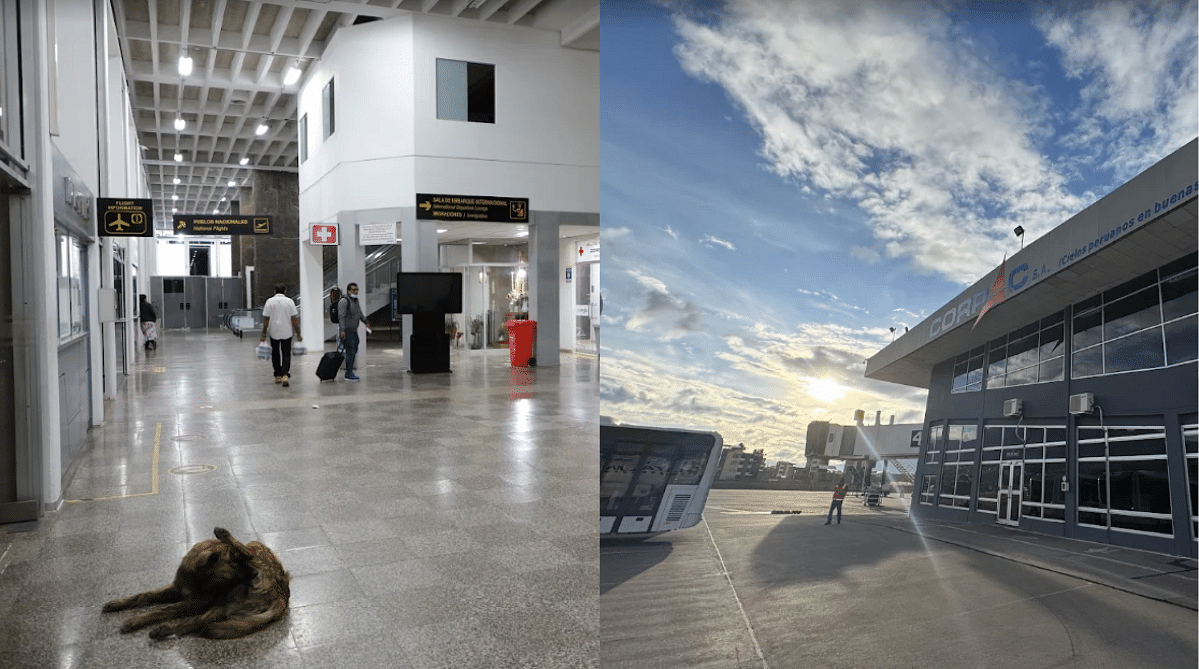
Cusco’s airport didn’t look like it had well well-developed internet infrastructure
Due to a mix-up, the flight I had booked from Lima to Cusco was scheduled ten days earlier than the one my friends were on. And I only found out about this at the Lima airport itself.
When I arrived in Cusco, WhatsApp, or any other messenger app for that matter, couldn’t load. The airport had no Wi-Fi.
The cherry on top? I didn’t have a local Peruvian number to fall back on. Trying to reach my friends or figure out how to get to our accommodation quickly turned into a bit of a mission.
I’ve learned the hard way that being offline doesn’t just mean missing emails—it can mean being stranded without translation help, emergency contacts, or access to digital wallets.
A momentary disconnection can spiral into a full-on travel headache, especially when you're solo or in a place where you don’t speak the language.
Digital essentials: what travellers rely on daily
From ride-hailing apps and Google Maps to mobile banking and restaurant finders, nearly everything I do on the road runs through my phone.
A reliable data connection keeps these tools at my fingertips, helping me find hidden gems, manage my bookings, and avoid tourist traps.
I’ve come to rely on fast, secure internet the same way I rely on my passport—without it, the whole trip feels a little more chaotic and a lot less fun.
Remote work, navigation, and staying in touch
When I'm hopping between countries, having a strong internet connection isn't a luxury—it’s a lifeline. I use it to jump into video calls, upload files on the fly, and navigate unfamiliar streets without getting hopelessly lost.
Whether I'm checking in with clients, catching up with friends, or figuring out how to get from point A to point B, being connected makes travel smoother, safer, and way less stressful.
Here’s How You Can Access Secure & High-Speed Internet While Travelling
The Power of eSIMs
Ever tried landing in a new country, fumbling with SIM trays and tiny cards?
Same. That’s why I swear by country-specific eSIMs now. An eSIM, short for embedded SIM, lives inside your phone and lets you activate a local mobile plan instantly—no hardware swapping required.
What makes it a game changer is how it offers instant connectivity, especially when you're bouncing between time zones and just want Google Maps to work.
I’ve used them everywhere from Tokyo to Tulum, and the connection has consistently been strong and secure.
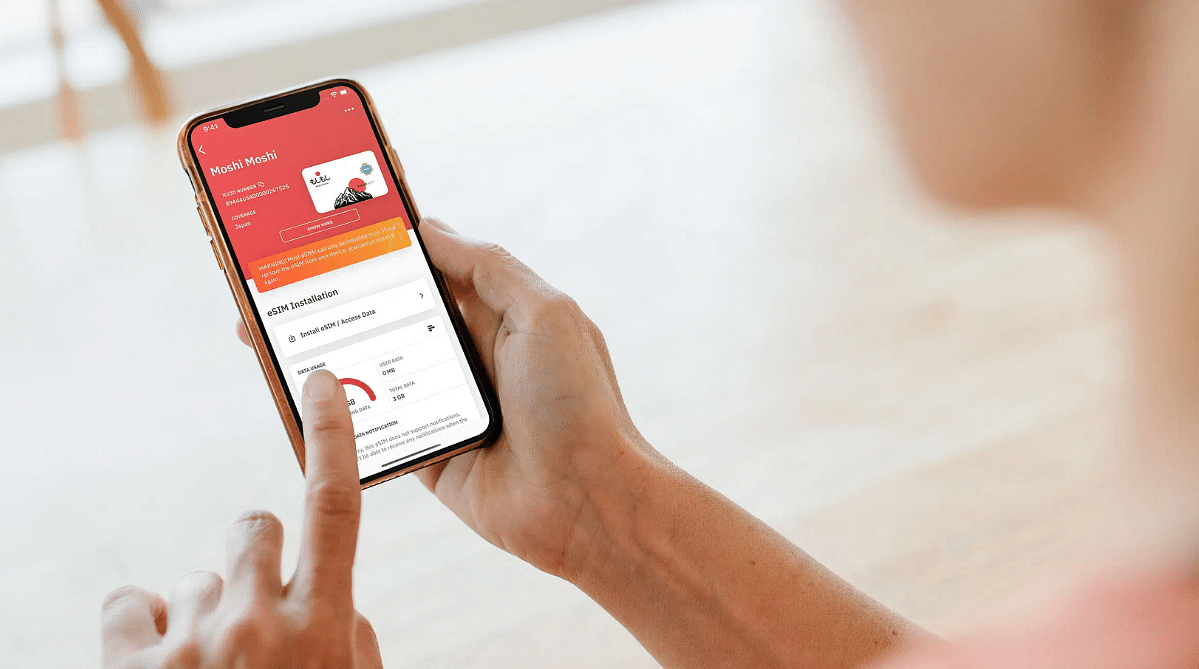
Brands like Airalo make it ridiculously easy to download and activate an eSIM before your flight even takes off.
While there are plenty of eSIM apps out there, I find Airalo strikes the best balance between affordability, network coverage, and ease of use. It quietly gets the job done so you can stay online and stress-free.
Regional eSIMs
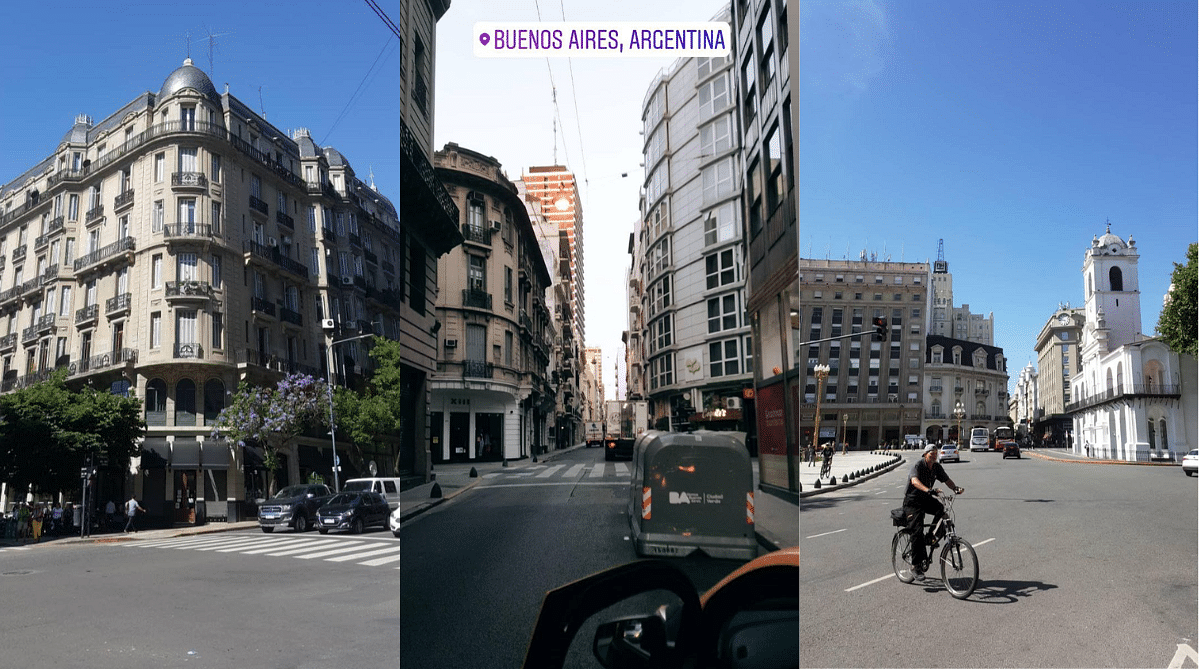
Stopped over in Buenos Aires from São Paulo!
When I embarked on my Patagonia trip, I had to fly from São Paulo to Buenos Aires, head to our starting point in Ushuaia, and then cross the Chilean border into Chile's side of Patagonia.
Juggling different physical SIMs wasn’t going to cut it.
That’s where regional eSIMs come in. Instead of setting up a new plan for every border you cross, a regional eSIM keeps you covered across multiple countries.
Just like country eSIMs, they’re built into your device and activated digitally, but they offer coverage that spans a whole continent. That means fewer interruptions, fewer downloads, and fewer things to worry about mid-trip.
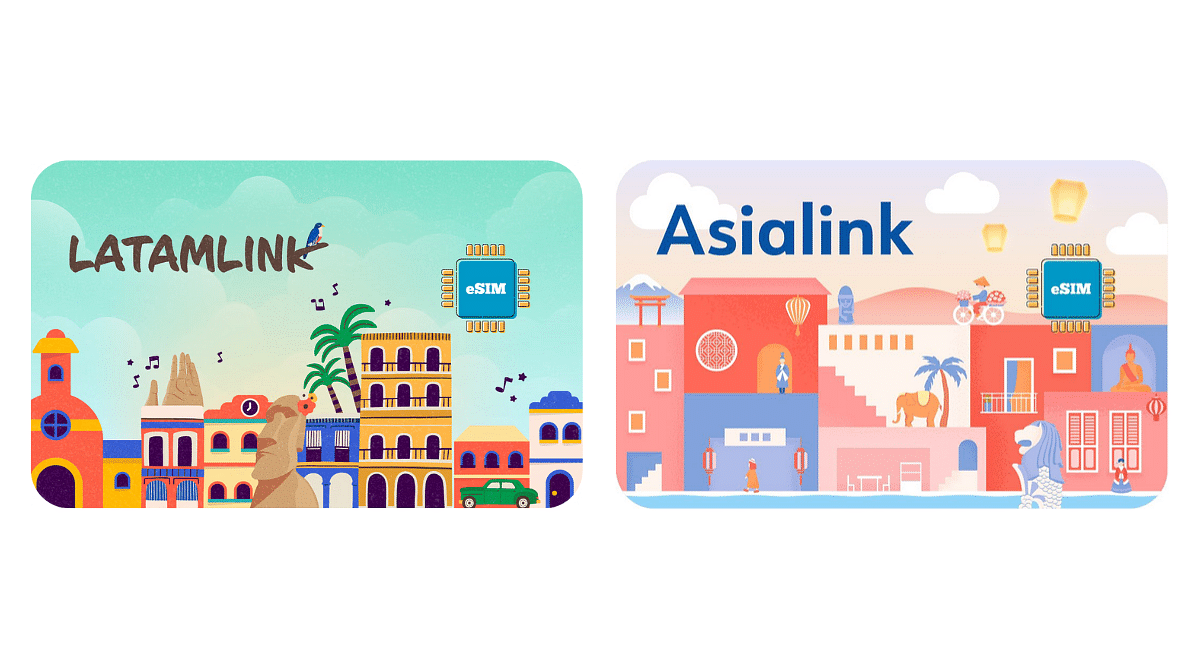
I’ve used one across several countries in South America when I did my Patagonia trek. Airalo has become my go-to here too, mostly because the regional plans are thoughtfully priced and the app itself is super intuitive—plus, the coverage hasn’t let me down yet.
If you're after convenience without compromising on speed or privacy, a regional eSIM is your low-hassle ticket to staying connected.
Pocket Wi-Fi
For those of you traveling with family or a crew—or if you’re just data-hungry—pocket Wi-Fi can be a solid alternative. It’s a small, portable hotspot you carry with you that connects to local networks and shares that signal with your devices via Wi-Fi.
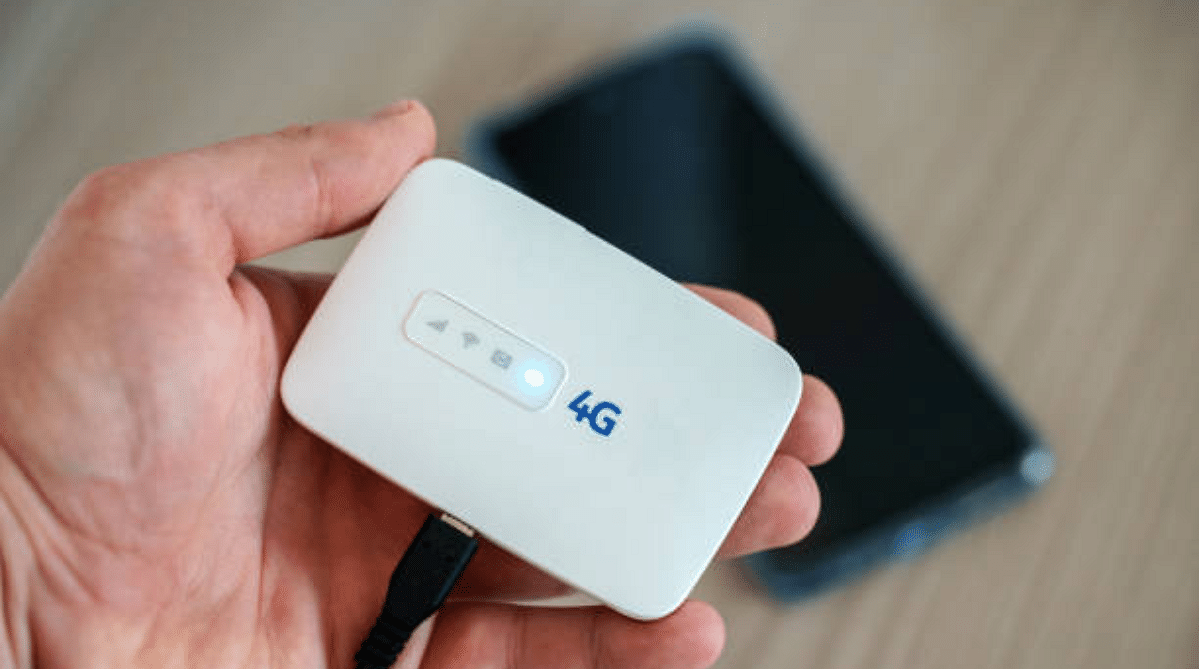
iStock
I’ve rented them in places where mobile networks were tricky, and honestly, the speeds were often better than the hotel Wi-Fi.
That said, they come with trade-offs: you’ll need to keep them charged and often return them at the end of your trip. But what I like is that most reputable rental services offer encryption features, firewalls, and even VPN integration, making them one of the more secure options when used properly.
If you don’t mind carrying a little extra gear, a pocket Wi-Fi device is a clutch move—especially when tethering multiple devices or trying to avoid sketchy public hotspots.
Global eSIMs
Global eSIMs are the ultimate travel hack for anyone who’s constantly crossing borders.
Unlike physical SIM cards, these digital versions live inside your device and allow you to connect to international networks without the mess of swapping plastic.
What sets global eSIMs apart is their reach—one profile can cover multiple countries, making them ideal for digital nomads or business travelers with unpredictable itineraries.
The best part?

Some versions even include call and text capabilities, like Airalo’s Discover+ plan, which adds voice and SMS functionality to their usual high-speed data access.
It’s a subtle but powerful difference if you need to call a hotel or confirm a cab without relying on third-party apps.
SIM cards: when they make sense
Sometimes old-school still works.
SIM cards are great when you're staying put in one country for a while or when you find a plan with generous data at a bargain price.
I’ve popped into phone shops in Thailand where $10 got me weeks of coverage—hard to argue with that. But the flip side?
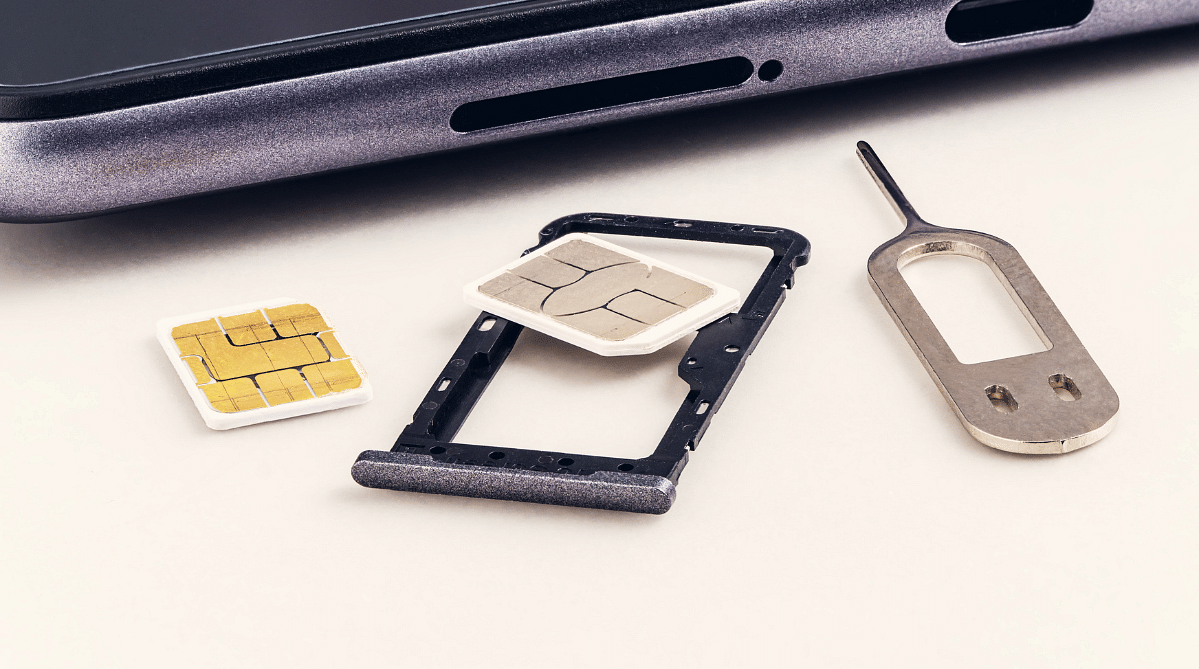
iStock
The setup process can be clunky, sometimes requiring a passport, a local ID, or just a lot of waiting around.
There’s also the issue of security: local networks can be fast, but you’ve got to make sure you’re not jumping onto sketchy carriers with weak encryption.
Personally, I’ve used SIM cards in budget scenarios or when I knew I’d be offline most of the time anyway.
They're functional, but less ideal if you're bouncing from country to country or want a seamless, ready-to-go solution.
International roaming
International roaming can feel like a luxury—until you see your phone bill. It’s convenient for sure: your existing number works, your apps run as usual, and there’s nothing new to set up.
But unless you’ve got a plan that includes international coverage, it gets expensive fast. Roaming can be secure, especially since you're sticking with your native provider, but it's not always the fastest option, especially when you're riding on a partner network's infrastructure.
To avoid bill shock, I always check for roaming passes or travel bundles before my trip, and I disable background data for non-essential apps just to be safe.
Honestly, roaming works best for short trips or emergencies. If you care about your wallet and your bandwidth, you're better off going with an eSIM or a local solution for anything longer than a weekend.
Public Wi-Fi + VPN: only if you have no other option
Ah yes, public Wi-Fi—the friend that shows up just when you need it, but you’re never quite sure if you should trust them.

Biangbiang noodles at this shop in Xi’an were great! Their Wi-Fi security, not so much.
We’ve all been there—airport layovers, dodgy cafés, hotel lobbies, and even the occasional noodle shop in Xi’an, but it’s always a gamble. In these places, the only lifeline to the internet is a free public Wi-Fi network.
Speeds are hit or miss, and during peak hours, you might find yourself stuck waiting for a single image to load.
Privacy is a bigger issue, though. These networks are usually open or minimally secured, which makes your data vulnerable to snooping or malware.
I only use it as a last resort, and even then, I never connect without flipping on a reliable VPN.
That added encryption layer makes a huge difference by shielding my data from potential snoops lurking on the same network.
Why Hotel and Public Wi-Fi Are Unreliable
 Speed and bandwidth issues with shared networks
Speed and bandwidth issues with shared networks
If you've ever tried uploading a file or hopping on a video call from your hotel room only to watch your connection crawl, you're not alone.
Hotel and public Wi-Fi are shared among dozens, sometimes hundreds, of devices at once. That means your streaming, your Zoom call, or even just loading Google Maps is competing with someone else’s Netflix binge two floors down.
I've experienced everything from buffering chaos to full dropouts at peak times, and honestly, it's a gamble every time you connect.
These networks simply weren't built to handle heavy, simultaneous use, especially not with the kind of speed today’s apps require.
👎 Security risks of unsecured Wi-Fi
Connecting to public or hotel Wi-Fi without protection is a bit like shouting your passwords across a crowded room.
I’ve seen firsthand how unsecured networks can expose everything from browsing activity to personal logins, especially when encryption is weak or nonexistent.
And it’s not always obvious—some hotspots seem legit but are actually rogue access points set up by bad actors.
Unless you're protected by a strong VPN and avoid sensitive tasks entirely, using public Wi-Fi can leave your data out in the open for anyone to intercept. I never log into banks or email without safeguards, no matter how harmless the network might seem.
👎 Restrictions on access to certain websites or apps
Ever tried opening YouTube or FaceTime on hotel Wi-Fi only to get an error message or endless loading?
Some networks block high-bandwidth services or throttle access to apps they think are non-essential.
I’ve even run into firewalls that completely prevent access to messaging apps or video platforms, which made remote work pretty much impossible.
These restrictions might be designed to preserve bandwidth or comply with regional policies, but they also mean you're not really in control of your connection.
When you can’t access basic tools for communication or work, the network quickly shifts from useful to frustrating.
👎 Login Portals Can Be Clunky or Unreliable
Hotel Wi-Fi might look like it's available, but the moment you try actually to get online, you're stuck in a loop with a clunky login screen that just won’t load.
I’ve battled with portals that failed to redirect properly, timed out halfway through, or demanded room numbers and surnames that somehow didn’t match my reservation.
Even worse, some require you to re-authenticate every few hours, which is a nightmare during long downloads or overnight uploads.
It’s frustrating and far from seamless, and it definitely makes you think twice about relying on it for anything beyond checking the weather.
Stay Connected, No Matter Where You Roam
After bouncing between jungles, deserts, and cobblestone alleyways with spotty reception, I can confidently say that not all travel internet options are created equal.
SIM cards are great if you’re staying put, pocket Wi-Fi has its perks for groups, and public Wi-Fi works in a pinch (with a VPN, always).
But when it comes to flexibility, speed, and peace of mind across borders, eSIMs—especially through apps like Airalo—have consistently been my go-to.
They’re easy to set up, reliable in remote corners, and don’t weigh down your travel bag. If you want one solution that works just about everywhere, Airalo quietly delivers the win.

